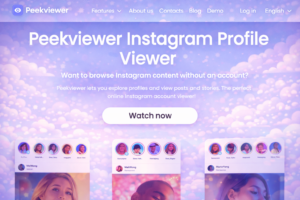Look, we need to talk about illustration platforms. Most of them are like that friend who insists they “get” design but then shows you their Comic Sans presentation.
They dump thousands of random graphics on you and call it a day.
Icons8 Ouch? Different story entirely. It’s built around how our brains actually work when we design stuff.
Why Most Illustration Libraries Miss the Point
Here’s the thing about traditional stock illustration sites: they treat creativity like shopping for socks.
Browse endless categories, pick something that’s “close enough,” download, and pray it doesn’t clash with everything else in your project.
This approach is fundamentally broken because that’s not how design thinking works.
We don’t start with a finished illustration and build around it. We start with a concept and need visual elements that support that vision.
Ouch flips this entire model. Instead of finished illustrations that you can’t touch, you get modular components that actually bend to your creative will.
Characters separate from backgrounds. Objects that live independently. Color systems that change cohesively without breaking the whole vibe.
It’s like having Lego pieces instead of completed sets that look cool but don’t fit your actual project.
The Component Architecture That Makes Sense
Every illustration breaks down into its fundamental building blocks. This isn’t just convenient, it’s how professional design actually happens in the real world.
You need a character, but the background’s wrong? Swap it.
Perfect composition, but the colors don’t match your brand? Fix it without starting over.
The platform organizes everything across twenty-one visual styles, each with its own personality and consistent internal logic.
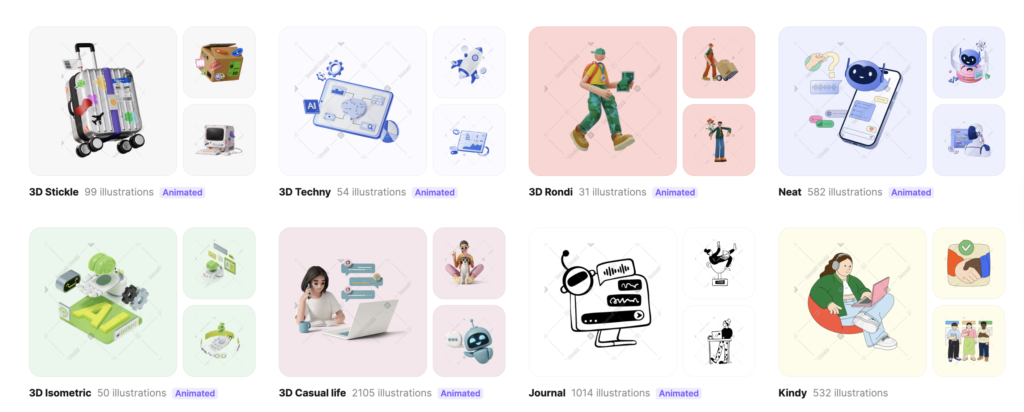
Minimalist corporate vibes for enterprise dashboards. Playful character work for consumer apps. Clean technical diagrams that don’t look like they escaped from a 1990s manual.
The genius lies in the consistency within each style. Everything feels like it belongs together, which is crucial when you’re building cohesive user experiences across multiple touchpoints.
Technical Implementation That Doesn’t Suck
File formats actually work like they should. SVG files maintain their structure when you modify them. Revolutionary concept, right?
PNG exports include proper transparency. Animations range from basic GIFs to sophisticated Lottie JSON that won’t destroy your site’s performance.
The compression algorithms deserve special mention. These files are optimized for real-world usage, not just looking pretty in previews.
No more choosing between visual quality and load times because someone thought 5MB illustrations were acceptable.
Web performance matters more than ever, and Ouch gets this. Every asset comes ready for implementation without requiring developer cleanup or compression workflows.
How Different Teams Actually Use This
1. Illustrations for UI/UX Designers
Error states and empty states are where most teams completely lose momentum. You need illustrations that communicate emotional context without looking like they belong in a children’s book from 2003.
The modular system lets you build illustrations that actually integrate with your interface design language.
Need a character showing confusion for your 404 page? Grab the character, modify the expression, adjust the colors to match your design system. Done.
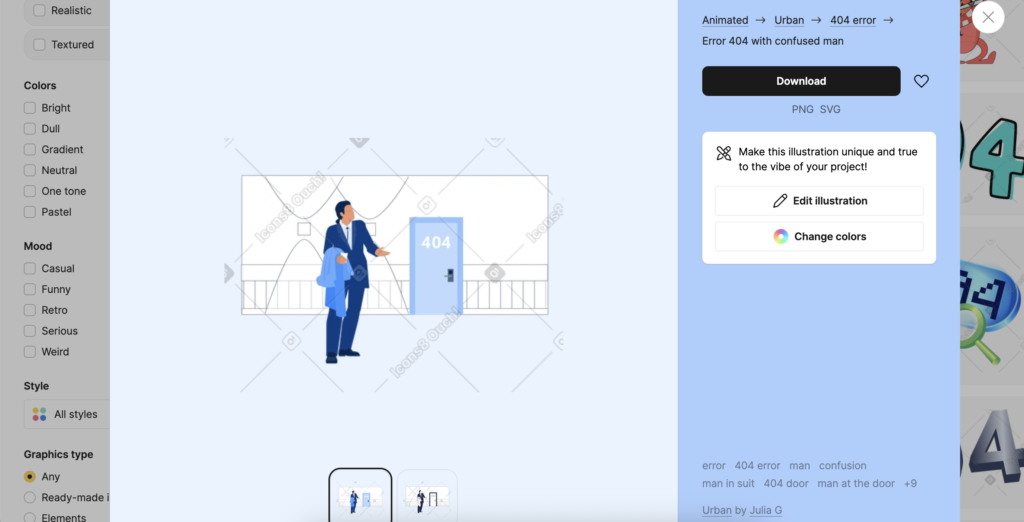
Component-based thinking aligns perfectly with how modern design systems work. Everything’s systematic, scalable, and maintains visual consistency across products.
2. Illustrations for Marketing Teams
Brand consistency across touchpoints becomes manageable when you can systematically modify colors and compositions.
Blog headers, social media graphics, email campaigns, landing pages – all pulling from the same visual language without requiring custom work for every single piece.
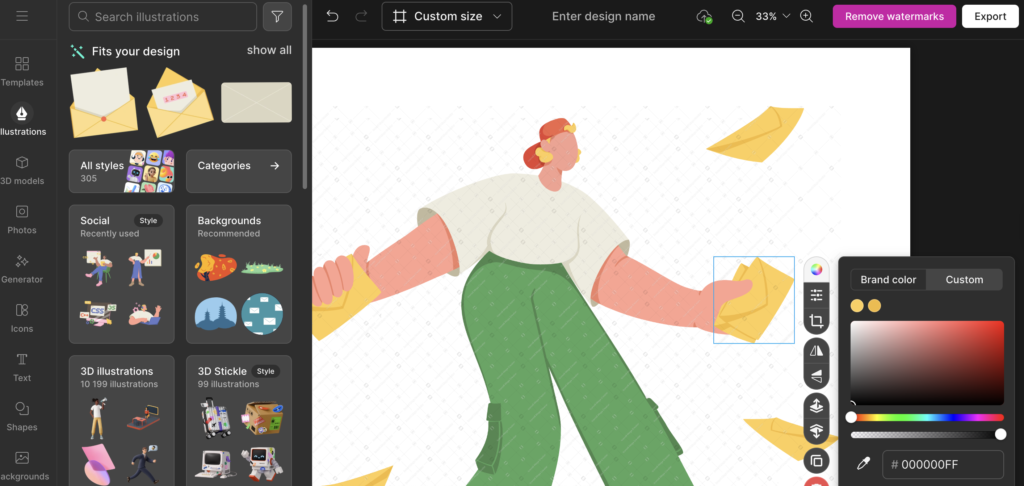
The animation options add movement to social content without creating file size nightmares that tank engagement.
Plus, brand color modifications happen systematically rather than requiring asset recreation every time you update the style guide.
3. Illustrations for Development Teams
API access enables automated content workflows. Need illustrations that change based on user data or app states? The systematic approach supports dynamic content generation without breaking design consistency.
The desktop app (Pichon) integrates directly with development environments. Drag assets straight into VS Code, Figma, or whatever tool you’re using. No more export-import cycles that slow down rapid iteration.
Clean file organization and logical naming conventions mean everything works with automated processing. Developers don’t have to fear design handoffs anymore.
Educational Applications That Make Sense
Schools and universities operate under budget constraints that make custom illustration work impossible, but they still need professional-looking content that doesn’t undermine their credibility.
The education-specific collections address actual teaching needs: concept visualization, process demonstration, and complex information breakdown.
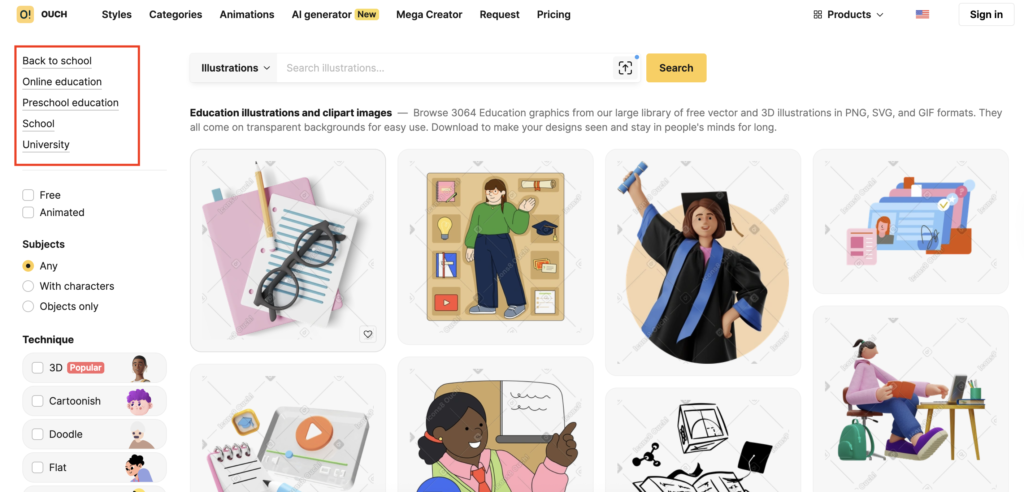
Institutional branding works through systematic color customization while maintaining academic professionalism.
Research presentations, journal submissions, grant proposals – all benefit from illustrations that enhance information presentation without looking frivolous or unprofessional.
Startup Reality Check
Early-stage companies face brutal economics around visual content. Custom illustration work costs more than most marketing budgets, but generic stock images make you look like you’re still figuring out your logo in Microsoft Word.
The free tier with attribution requirements works perfectly for internal tools and prototype development.
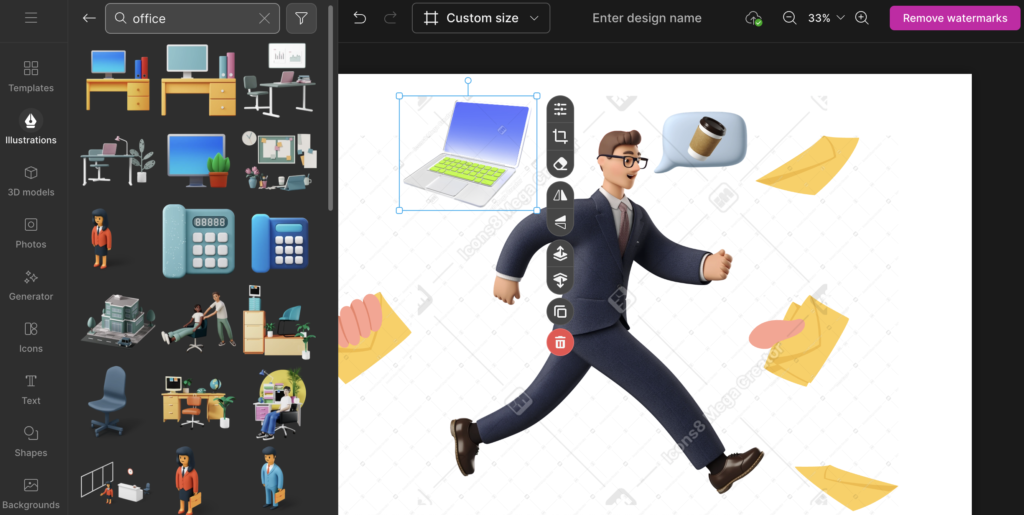
Paid plans remove attribution for client-facing materials where looking professional actually matters.
The modular approach scales with business growth. Initial illustrations evolve and extend rather than requiring complete replacement when your brand becomes more sophisticated.
Teams often discover this while hunting for specific assets, such as paper clipart for document mockups, and then realize that the systematic approach solves way more problems than just finding individual illustrations.
Platform Evolution and Integration
Recent AI-powered generation features work within established style frameworks instead of creating chaotic random outputs. The AI understands the visual logic of each style and generates new content that maintains consistency.
The broader Icons8 ecosystem includes icon libraries, stock photography, and audio resources.
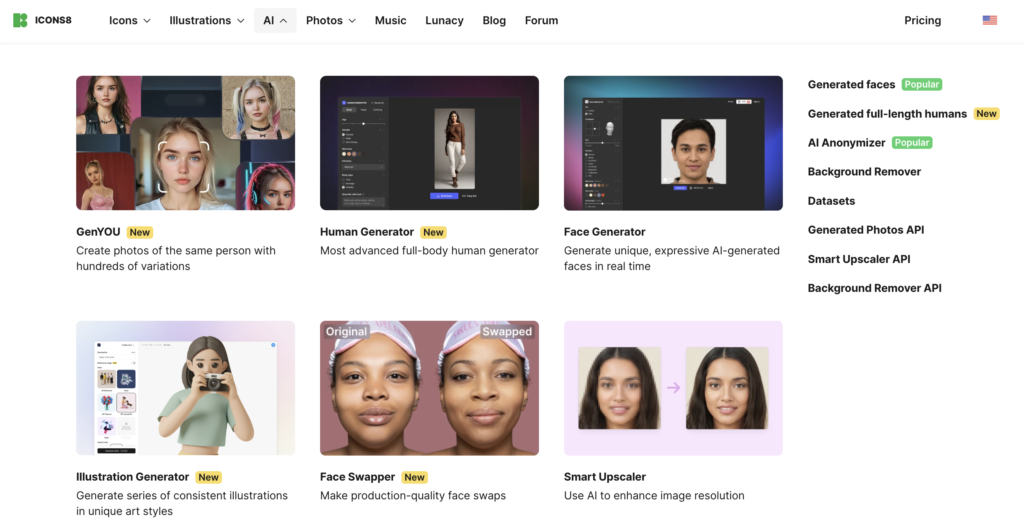
Single vendor management simplifies procurement while maintaining visual consistency across different asset types.
Enhanced tool integration reflects an understanding of actual design workflows. Figma and Sketch plugins work within existing processes rather than forcing workflow adaptation.
Performance Analysis for Professional Context
The platform excels in scenarios requiring systematic visual consistency and scalable illustration workflows. Component-based construction supports design systems and brand consistency requirements effectively.
File optimization receives careful attention throughout the process. Compressed assets maintain visual quality while supporting performance requirements across different platforms and devices.
Color management, file organization, and format optimization address common technical challenges in illustration implementation without requiring specialized knowledge.
Strategic Implementation Considerations
Success depends on a realistic assessment of organizational needs and systematic integration planning. Teams already working with component-based design systems find the illustration approach intuitive and immediately useful.
The platform functions best as a foundation for consistent visual communication rather than a source for highly specialized artistic content. Understanding these boundaries helps teams leverage platform strengths appropriately.
Organizations with established design systems benefit most from the modular architecture and systematic approach to visual consistency across products and touchpoints.
Integration with Modern Design Workflows
Component-based philosophy aligns with contemporary development practices, emphasizing modularity and systematic design thinking. Teams using atomic design principles or component libraries find the illustration structure familiar and practical.
Version control integration supports collaborative workflows. Multiple team members can work with the same illustration components while maintaining consistency and organization across projects.
The systematic approach to asset management reduces redundancy and improves workflow efficiency for teams managing multiple projects or product lines simultaneously.
Technical Performance and Optimization
Illustration assets come optimized for different use cases without requiring manual intervention. Web performance considerations include proper compression, format selection, and size optimization.
Print materials receive appropriate resolution and color space treatment.
Animation formats support modern web requirements with efficient file sizes and broad compatibility. Lottie JSON integration enables sophisticated motion design without performance penalties or compatibility issues.
The technical implementation supports responsive design requirements with scalable vector formats and appropriate fallback options for different viewing contexts.
Strategic Value of Icons8 Ouch for Design Organizations
Icons8 Ouch represents focused solution development addressing genuine workflow efficiency challenges rather than trying to be everything to everyone. The technical capabilities and comprehensive format support provide measurable advantages for teams with systematic illustration requirements.
Investment value comes through time savings, technical reliability, and professional results that scale with organizational growth. Teams requiring regular illustration content find the modular approach significantly more efficient than traditional stock browsing workflows.
Implementation success requires understanding platform strengths and appropriate applications rather than expecting universal design solutions. The systematic approach works best for teams already thinking in terms of design systems and component-based workflows.
The component-based approach positions well for future design workflow evolution, particularly as design systems and systematic approaches become more prevalent across professional contexts. Teams investing in this approach now benefit from alignment with industry direction.



